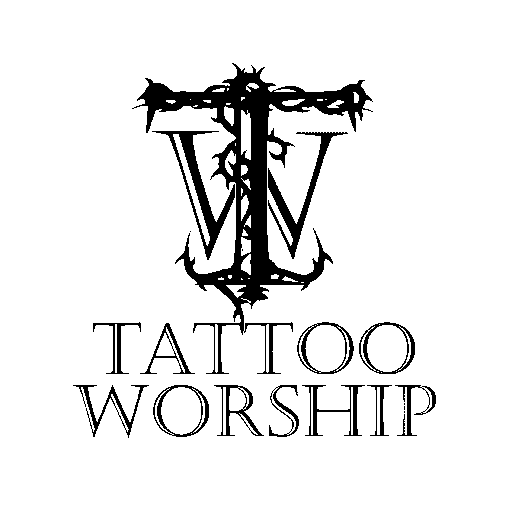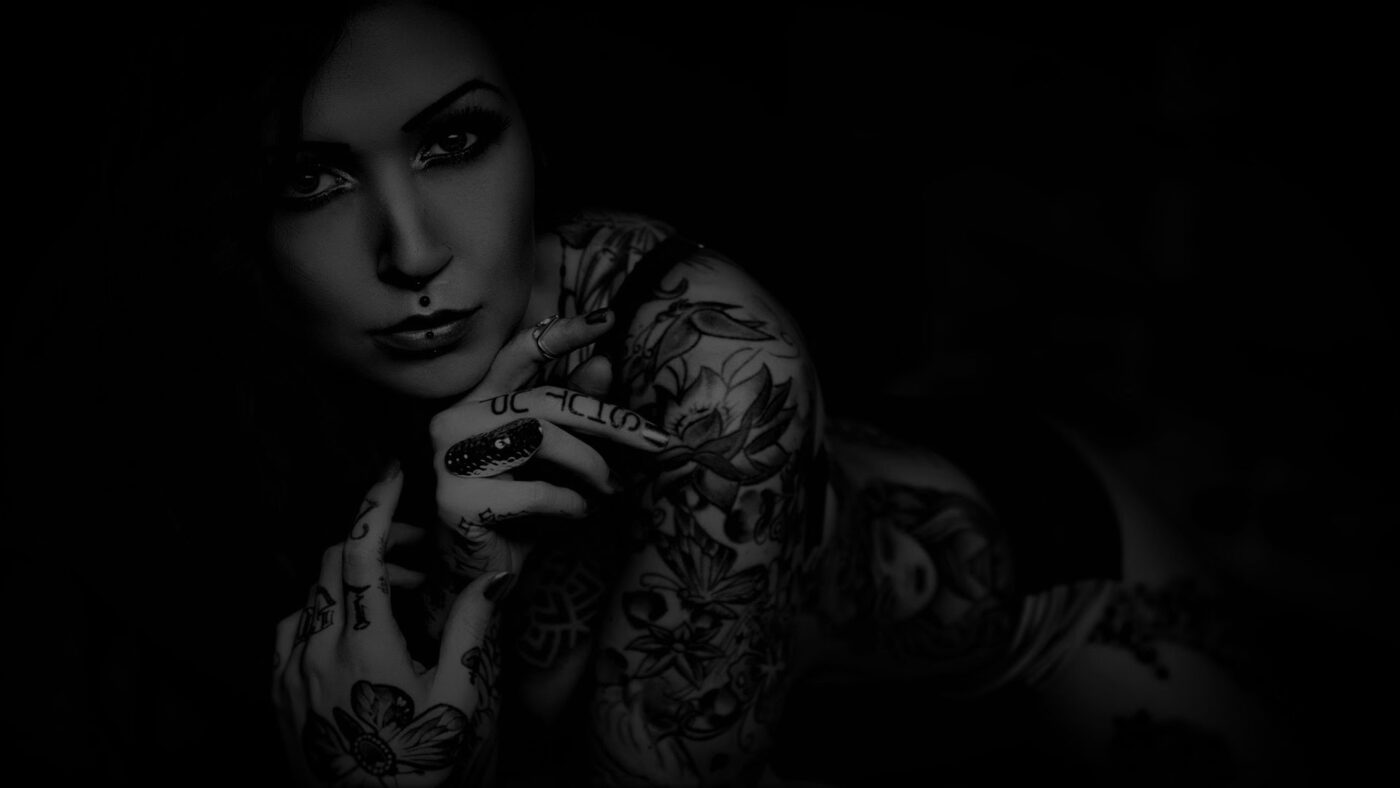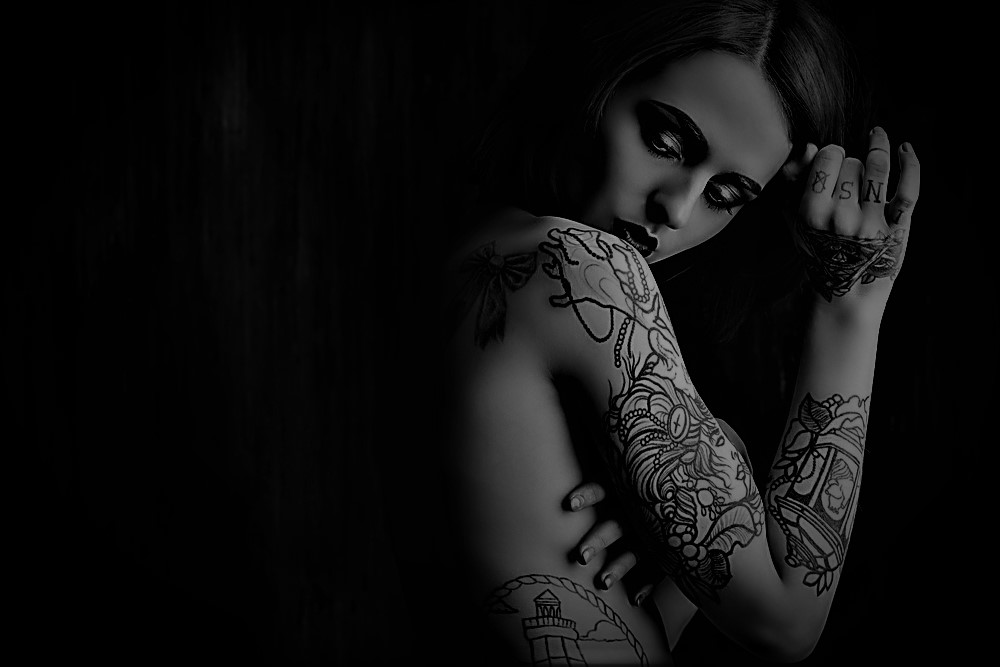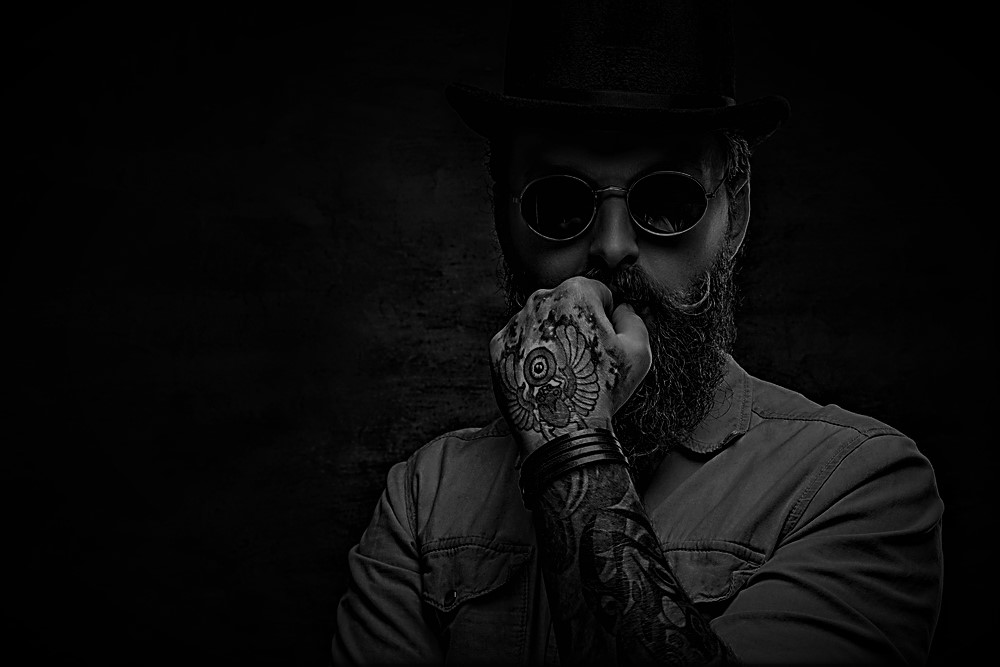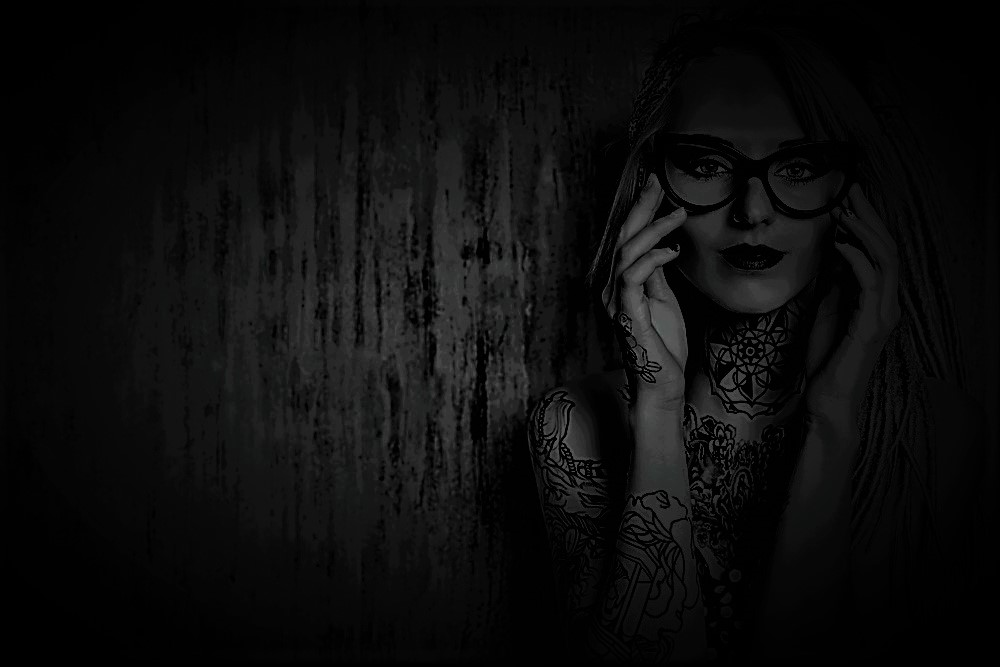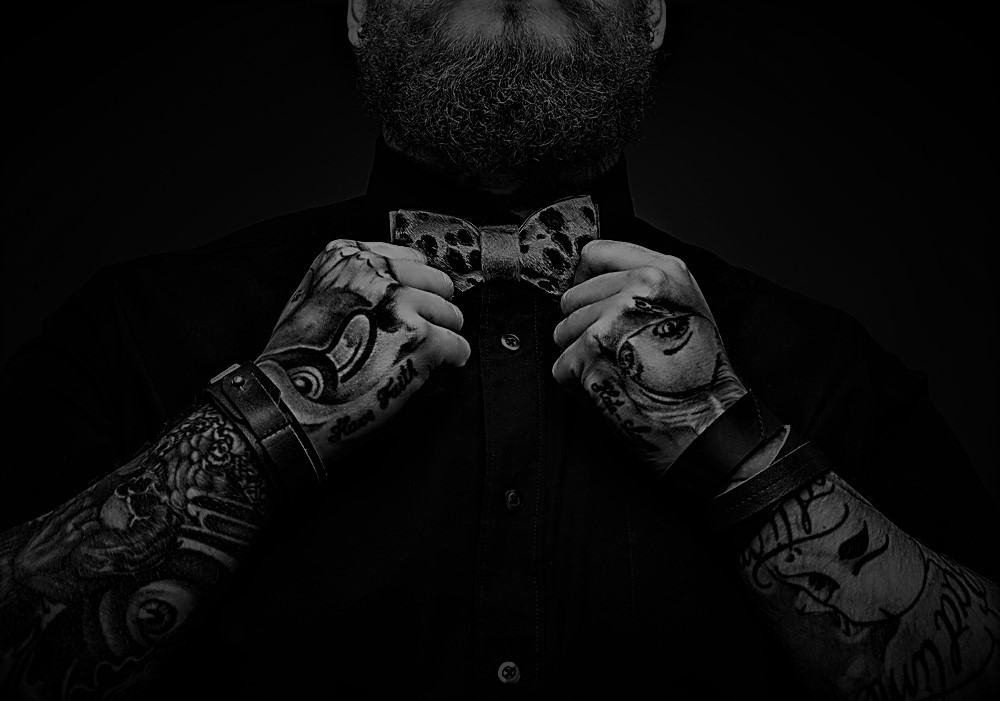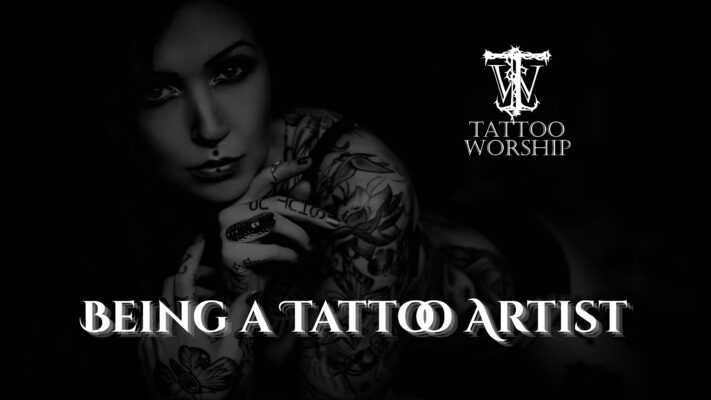Being a Tattoo Artist
Imagine standing over someone’s skin, the low hum of the tattoo machine buzzing in your hand. The smell of antiseptic hangs in the air. Your canvas isn’t paper or canvas—it’s living, breathing flesh that moves, sweats, and reacts to pain.
Every line you draw is permanent. Each dot of ink is delivered with a needle that pierces the skin thousands of times per minute. Your hand must be steady. Your concentration is sharp. You guide the needle carefully, following the stencil with precision—but also with artistic flow.
You’re not just an artist—you’re also a technician, a therapist, and a storyteller. Some clients come with memorial pieces, carrying the weight of grief. Others want bold symbols of identity or transformation. You listen, you advise, and sometimes you help someone heal or reclaim part of themselves.
In between sessions, you’re sketching designs, sterilizing your station, prepping needles, and mixing inks. You study styles from other artists, attend conventions, and constantly evolve your craft. It’s not just drawing—it’s anatomy, hygiene, color theory, and emotional intelligence.
Your back aches after long hours. Your eyes blur from detail work. But when you see your client’s smile—or tears—when they look in the mirror, it reminds you: this is more than art. It’s a permanent bond between your hand and someone else’s body.
A tattoo artist is a professional who creates permanent body art by injecting ink into the skin using a specialized machine called a tattoo machine (or tattoo gun). Their work involves:
Skills and Responsibilities:
- Designing tattoos: They may create custom designs or work from pre-made “flash” designs.
- Consulting with clients: Understanding what the client wants and advising on placement, style, and size.
- Sterilization and hygiene: Keeping tools and workspaces clean to prevent infections.
- Applying the tattoo: Using needles to insert ink into the skin’s dermis layer.
- Aftercare advice: Guiding clients on how to care for their tattoo while it heals.
Qualities of a Good Tattoo Artist:
- Strong artistic ability
- Attention to detail
- Knowledge of human anatomy and skin
- Patience and steady hands
- Good communication skills
Many tattoo artists work in tattoo parlors or studios, and some may specialize in specific styles (like realism, traditional, blackwork, Japanese, etc.).
